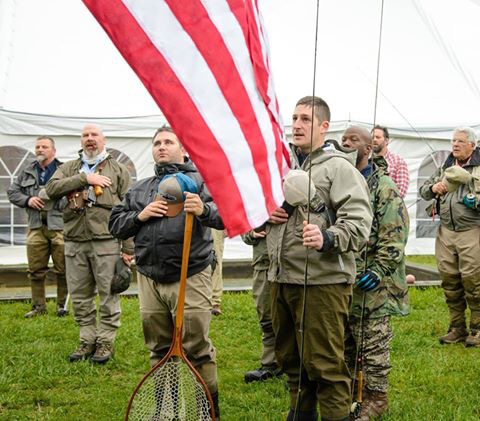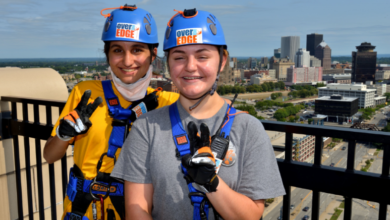Several from Hilton served in World War I
by David Crumb, Hilton Historian
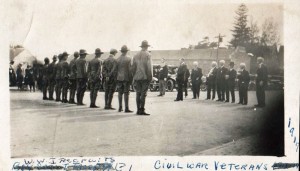
The spark that ignited the “Great War’ of 100 years ago better known today as World War I happened in Sarajevo, Bosnia on June 28, 1914. Gavrilo Princep, an angry Serbian student, fired several shots on that date during a parade where Austrian Archduke Franz Ferdinand and his wife Sophia were riding in an elaborate carriage. Both Franz and Sophia were killed. Why did he do it? He was a young Serb, and he resented the fact that the Austro-Hungarian Empire was controlling the people of his country. One month later on July 28, 2014 Austria launched its troops in retaliation for an invasion of Serbia, and World War I was in full swing.
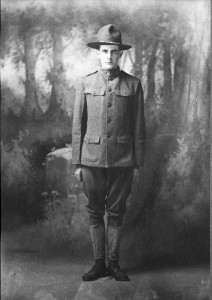
It would take several volumes to include all of the details of this War that followed, but many European countries became involved, and eventually America entered the turbulence of the War. Just about all American cities, towns, and villages sent their boys into the Armed Services to help the cause, and prevent the spread of German aggression and imperialism.
The Town of Parma, and especially the Village of Hilton, sent 100 men to the front to serve their country. Many of these veteran’s photos hang in the Village of Hilton Hall of Veterans. Of the hundred soldiers from the community, nine never returned home.
When war was declared on April 6, 1917 Kenneth Smith and J. Harlan Cooper were the first to enlist. Before the War ended on November 11, 1918 a hundred Parma-Hilton men were in uniform. The list of those serving is displayed in the Village of Hilton Historian’s window for those who wish to view. There are many familiar names for anyone who grew up in Hilton and who is over 50 to note. – George Bigger, Harlan Cooper, John Crook, Harold Ingraham, Carlyle Newcomb, Hank Smith, and Herman Worden to name a few.
Glenn Fishbaugh was Hilton’s first son to be killed in the War. His Mother was Almyra Way Fishbaugh. His grandfather was Civil War veteran John D. Way of Hamlin, later of Hilton. Glenn entered the service at Rochester, on June 19, 1916 at the age of 19. He enlisted as a Private, in the National Guard of New York, Company H, 3rd Regiment, Infantry, later Company H, 108th Infantry. His brother, Ray Fishbaugh, was in the same company and went over the top with him on September 29 and was near him when he was shot.
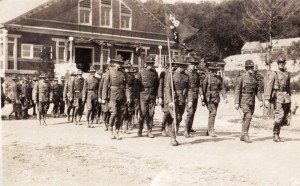
The Village of Hilton Historian’s Office is fortunate to have the Fishbaugh collection of letters, medals, photos, and other artifacts donated by Kaye Fishbaugh Halter, Ray’s daughter. Most poignant of the relics is the faded telegram from the War Department that simply states “Deeply regret to inform you that it is officially reported that Sergeant Glenn W. Fishbaugh infantry died October fifth from wounds received in action. Signed Harris The Adjutant General 6:28 p.m.” It was indeed a sad event for Mrs. Fishbaugh, a widow since 1899, to get this information. She was a well known and respected citizen of the village, and the community went into mourning with her. Glenn was survived also by his brother Ray, sister Mable and grandfather, Civil War Veteran John D. Way. All, with the exception Ray, resided on Lake Avenue, Hilton.
Glenn was trained at Camp Wadsworth, Spartenburg, South Carolina. He was promoted to Corporal June 24, 1917; and to Sergeant, January 8, 1918. He embarked overseas, May 17, 1918, on the transport President Grant, arriving at Brest, France, May 30, 1918. There he was engaged in action at Le Catelet, Hindenburg Line, in the vicinity of Bony. He was cited for exceptional valor.
He was hit just after going over the top, on the morning of September 29, 1918, Hindenburg Line, and died October 5, 1918 in Field Hospital of the wounds he received in action. He was first buried in France; later his body was brought back to America and reburied April 11, 1921 in The National Cemetery at Arlington, Virginia.
Another Hilton lad, Lester Hiscock was also killed in action soon after. To honor the first two Hilton World War I soldiers killed in the Great War, the American Legion Post in the Village was named after these two brave young men. It is still known as the Hiscock-Fishbaugh American Legion Post.
For the next several months, a display of World War I photos, letters, medals and other material will be on view in the Village of Hilton Historian’s window. The Historian’s office is located in the Hilton Community Center, 59 Henry Street, Hilton.
The nine Hilton area men who gave their lives in World War I were:
•Willard Bush
•Clarence Baxter
•Glenn Fishbaugh
•Lester Hiscock
•Edgar Murrell
•George Quinn
•George Rowley
•Floyd Sweeting
•Thomas Sovia


